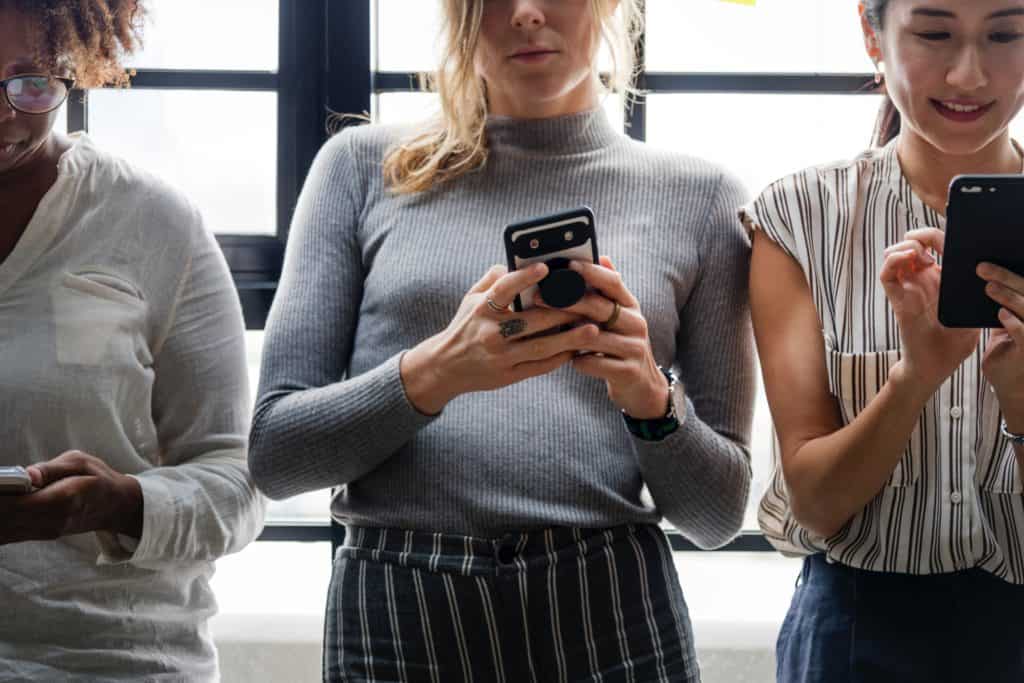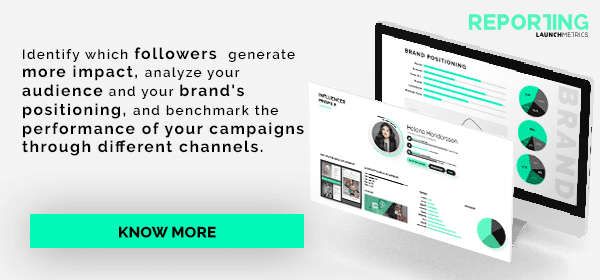A successful fashion app can be a boon for retailers. It can deepen connections with consumers, foster brand loyalty, and drive sales.
On the other hand, a poorly-designed fashion app can get customers offside or, at the very least, result in dollars poured down the drain.
So, what separates a good fashion app from a bad one? Let’s take a look at five retailers that are winning the game with their well-made apps for fashion lovers — and explore what valuable lessons we can learn from them.
5 Retailers that are Winning the Game with Their Fashion Apps
Free People
Free People jumped on the app bandwagon fairly early on, launching the first version of their iPhone app back in 2013. It was an instant success: Mashable reported that in its first week alone it was downloaded 24,000 times, logged 100,000 user sessions and accounted for between 7% and 10% of the brand’s online sales — all without taking away from their mobile site sales.
Since then, the app has continued to evolve and has earned a 4.9 star average on the Apple App Store. One of its strongest selling points? It gives added value to customers by offering perks — like early access to sales and previews of collections. Additionally, it includes a strong community element where fans of the brand can share their own outfit photos and keep up to date with events.
Combining these features with in-app purchasing means Free People’s app covers the “3 C’s” of online marketing — Content, Community and Commerce — trebling the reasons for users to keep coming back to it.
View this post on Instagram
Good stuff coming your way. Shop the holiday collection first through our app. #FPUnleashed
Under Armour
Launched in 2016, the Under Armour fashion app quickly captured the youth market. Their secret weapon? Data. Under Armour was already strong in the fitness app space, with an array of fitness titles under their belt. Adding a shopping app was a logical business decision as it allowed them to pull data from more than 170 million existing users and leverage it to create a deeply personalized shopping experience. For example, someone who also uses UA’s MapMyRun app might receive recommendations of running gear that matches their fitness level and the climate they go running in.
The app also makes shopping quick and easy with one-touch purchasing, and bridges channels by letting customers scan clothing tags in-store to access extra information.
View this post on Instagram
Revolve
The Revolve fashion app bills itself as “your daily dose of retail therapy” — and it delivers, with easy-to-browse shopping and editorial content. But where it really wins out as a top fashion app is in its simplicity. The app is quick, intuitive, and visually clean, meaning Revolve is unlikely to lose customers due to a frustrating or complicated user experience.
One lesson to take from Revolve is to make wishlist features prominent and easy to use. Why are wishlists so important? Because they not only improve customer experience and drive sales, they also allow for the collection of myriad data points about each customer’s tastes and desires. These can then be used to personalize offers and product suggestions.
Lululemon
Lululemon are crushing it in the athleisure space. With the company exceeding sales estimates and enjoying soaring stock prices, it’s worth paying attention to what it is they’re doing right.
A consistent brand message is one thing. Lululemon carved out a niche in the sportswear market based around luxurious, stylish yoga wear that can be worn from the gym to the street — and they haven’t strayed from their core vision. The app reflects this, with a “community” section heavily focused around content that empowers their largely-female audience, from International Women’s Day mantras to a regularly-updated selection of guided yoga and meditation videos.
Another feature of the Lululemon fashion application worth taking note of is an inventory check. Users can find out if a particular item is available in their size at a store near them. By adding this functionality, Lululemon fosters an omnichannel approach whereby users are encouraged to cross between online and bricks-and-mortar. By driving customers into stores the brand can save on shipping costs and count on extra sales: research shows that 75% of people who buy online and pickup in store end up purchasing additional items.
Nordstrom
Nordstrom is another retailer to nail the omnichannel approach, offering users the option to buy via the app and pick up in store. On top of that, Nordstrom’s app helps people build outfits using styling tips and looks assembled by real Nordstrom stylists.
Perhaps the most unique aspect of Nordstrom’s fashion style app is the focus on their extensive loyalty program, the Nordy Club. Members of the club earn a different status depending on how much they spend. As their status rises, so too does the number of rewards and perks they get. Points earned from spending can be unlocked faster with the Nordstrom app, giving loyal customers a strong incentive to download and retain it. Additionally, Nordstrom are great at sending personalized offers and using push notifications to keep users engaged.
What can we learn from these fashion apps?
To sum up, here are some strategies you can use to make a successful and engaging fashion app:
- Give customers the incentive to download the app by offering exclusive perks.
- Add value by incorporating the 3 C’s — Content, Community and Commerce.
- Use customer data to create a personalized mobile shopping experience. The more personalized it is, the more it becomes a journey of discovery and pleasant surprises.
- Ensure your app is consistent with your brand message in every way, from the look and feel to the content it offers.
- Cultivate an omnichannel retailing model by using your app to drive customers into stores.
- Use push notifications wisely to offer highly personalized content and offers and keep people coming back to the app.
Find out which app would work best for your brand, by understanding your target audiences:

